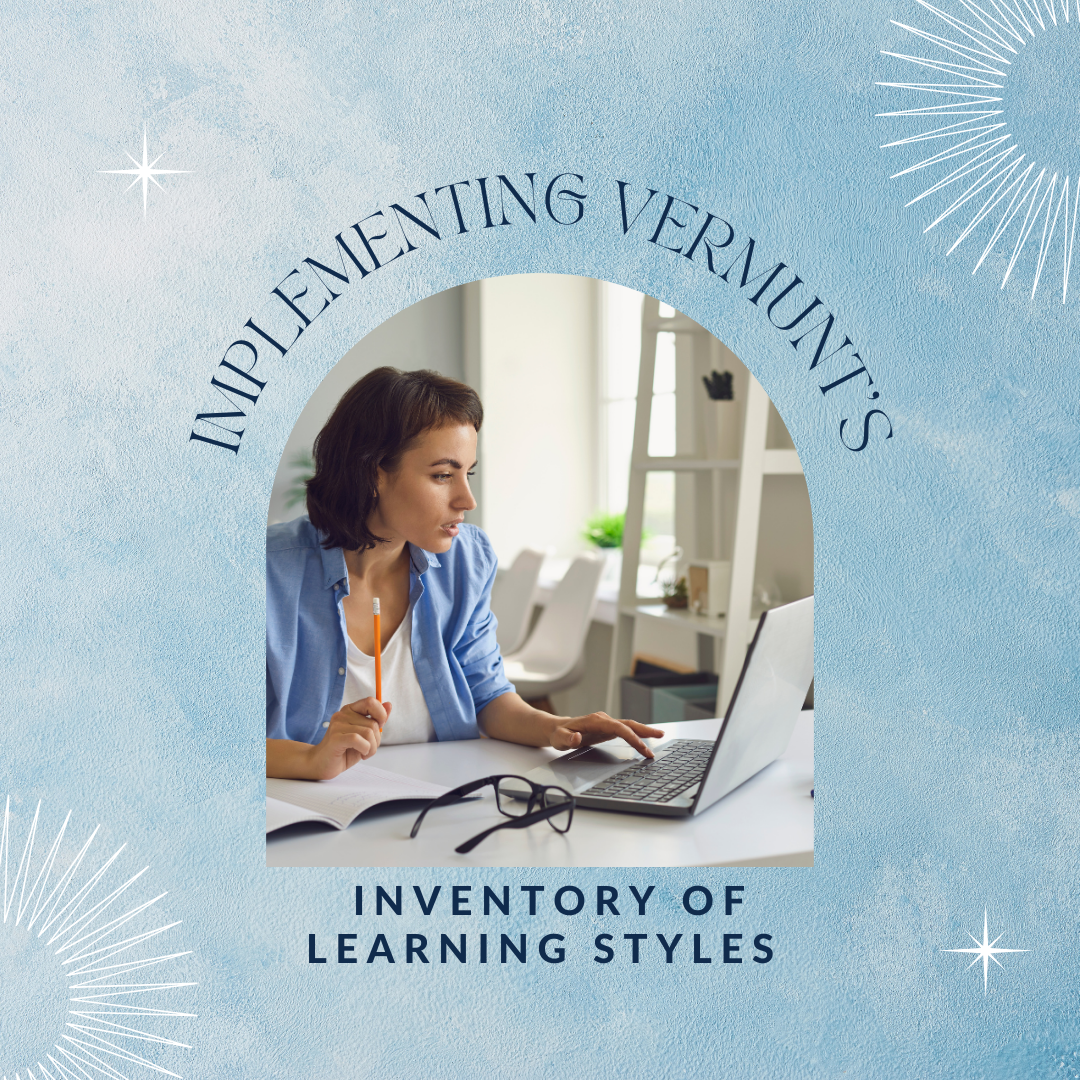Implementing Vermunt’s Inventory of Learning Styles (ILS) offers educators and students a structured approach to understanding and enhancing the learning process. The ILS categorizes learning styles based on cognitive, affective, and metacognitive factors that shape how individuals process and retain information. By identifying four main learning styles—meaning-directed, application-directed, reproduction-directed, and undirected—Vermunt’s model provides insights into students’ preferred ways of learning, allowing teachers to tailor instruction and foster self-regulated learning.

Spark curiosity and learning with these STEM toys for kids ages 3 to 6! 🌟 Perfect for building early skills in science, technology, engineering, and math through fun, hands-on play. From building blocks to coding games, these educational toys inspire creativity and problem-solving skills in young learners. #STEMToys #EarlyLearning #EducationalToys #KidsScience #PreschoolLearning
Let’s look a bit more into the steps:
- Self-Assessment: Students and educators can begin by taking the ILS questionnaire to identify their learning styles. This self-assessment fosters awareness of individual preferences and can serve as a starting point for developing effective learning strategies.
- Reflection and Goal Setting: After identifying their learning styles, individuals should reflect on their current approaches and set goals for improvement. This may involve trying new study techniques, seeking feedback, or exploring different educational resources.
- Collaborative Learning: Group activities that encourage collaboration can help students with different learning styles learn from each other. Deep learners can guide surface learners, while strategic learners can share effective study techniques.
- Teacher Training: Educators can benefit from training on the ILS framework to better understand their students’ needs. Professional development programs that focus on learning styles can equip teachers with the tools to create more effective and engaging learning environments.
In conclusion, implementing this Inventory of Learning Styles (ILS) in educational settings provides valuable insights that can transform teaching approaches and deepen students’ learning experiences. By recognizing and adapting to diverse learning styles—whether meaning-directed, application-directed, reproduction-directed, or undirected—educators can create more personalized and effective learning environments. The ILS not only promotes awareness of individual learning preferences but also encourages students to develop self-regulation skills essential for lifelong learning. As educational institutions continue to embrace varied instructional strategies, Vermunt’s model stands out as a useful framework for enhancing engagement, fostering academic success, and preparing students for the complexities of real-world problem-solving.


Comments are closed